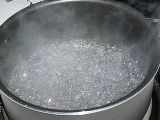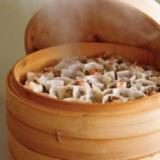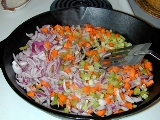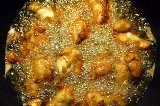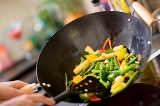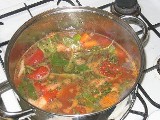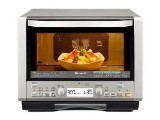In the world of cooking, there are lots of ways to make delicious food! Some ways are really old, like boiling and baking, while others are newer, like using a microwave. Even though we have fast ways to cook now, it’s super important to know the old-school methods too. Each way of cooking has its own special way of making food taste yummy! From gently simmering soups to sizzling steaks on the grill, every method adds its own flavor magic. 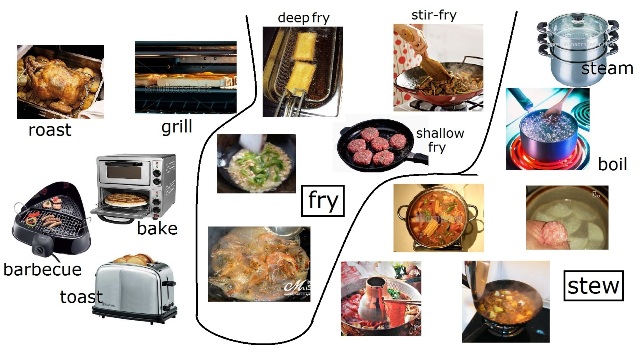
So, let’s take a trip into the kitchen and explore how these cooking methods work together to make tasty meals.
Methods of Cooking
The following methods of cooking are necessary to know. Although; many of these cooking methods are not being used as frequently in today’s Kitchens due to the new or quicker cooking methods available, it is important to have sound knowledge of each.
Cooking methods consist of the following:

Boiling:
Involves cooking in water or a water-based liquid/stock at its boiling points with sufficient heat input to generate bubbles of steam which agitate and stir the mixture. The difference in boiling temperatures is very small and rapid boiling takes place at 100oC.
Simmering requires a temperature drop to approximately 970 C.
Steaming:
To cook in the vapors of boiling water.
Poaching:
Involves cooking food, usually eggs or fish in a cooking liquid at a simmering point of around 970 C in an open or closed pan on the stove or in the oven.
Braising:
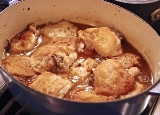 Previously browned food is cooked in just enough liquid to cover it in a pan with a very tight-fitting lid which reduces evaporation. Braising is often finished in the oven after the meat and liquid/Stock have been brought to a boil on top of the stove.
Previously browned food is cooked in just enough liquid to cover it in a pan with a very tight-fitting lid which reduces evaporation. Braising is often finished in the oven after the meat and liquid/Stock have been brought to a boil on top of the stove.
Baking:
Cook in an oven with dry heat.
Bake goods are usually brown on the outside.
Oven Roasting:
 Food is cooked in the oven by a combination of convection and radiated heat. The object of cooking by using this method is to brown the surface of the food to make it crisp and tasty and to cook the interior to the right degree. Generally, this method of cooking is used for meats and root vegetables.
Food is cooked in the oven by a combination of convection and radiated heat. The object of cooking by using this method is to brown the surface of the food to make it crisp and tasty and to cook the interior to the right degree. Generally, this method of cooking is used for meats and root vegetables.
Spit Roasting:
Spit Roasting is roasting meat whilst it is being turned on a spit.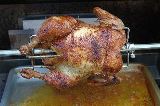
This cooking method is using direct (radiated) heat with the aid of fat in the form of basting.
Pot Roasting:
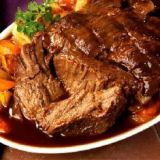 To cook meat that has been cooked in hot fat in a covered pan or casserole dish with a small amount of fat, liquid, or vegetables added cooked over low heat for a considerable amount of time.
To cook meat that has been cooked in hot fat in a covered pan or casserole dish with a small amount of fat, liquid, or vegetables added cooked over low heat for a considerable amount of time.
Grilling:
To cook food by direct radiated heat over or under a heat source eg. Barbeque, Grilling or under a Salamander.
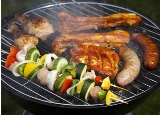 This is a quick method of cooking to a crisp, brown finish without added fat or oil. The highest of the hottest parts of a grill is approximately 9000C.
This is a quick method of cooking to a crisp, brown finish without added fat or oil. The highest of the hottest parts of a grill is approximately 9000C.
Shallow Fring or Sauteing:
To cook food in a small amount of hot oil or fat in a frying pan.
Sauteing: To Shallow fry food in hot fat or oil whilst shaking or tossing ingredients so as to cook it or brown the surface.
 Deep frying:
Deep frying:
To cook food by immersing it in and covering it with hot fat or oil at a temperature between 175 and 1950C.
The food is quickly sealed, crisped, and cooked if not too thick.
Wok Stir-Frying:
A thin steel pan with one or two handles is placed over a very intense heat and different ingredients may be added to hot oil in order of the cooking time. The work is also used for rapid stir-frying of a single vegetable or item of food for deep frying and it can be used for steaming using bamboo nested steamers.
 Stewing:
Stewing:
A mixture of tough cuts of meat on or off the bone cut into small pieces and cooked very slowly with the addition of vegetables and a cooking liquid/stock/red wine or white wine with the addition of added flavorings and cooked until tender. This process of cooking can take many hours.
Microwave:
Very- high frequency of electromagnetic radiation is used to heat up and cook foods.
